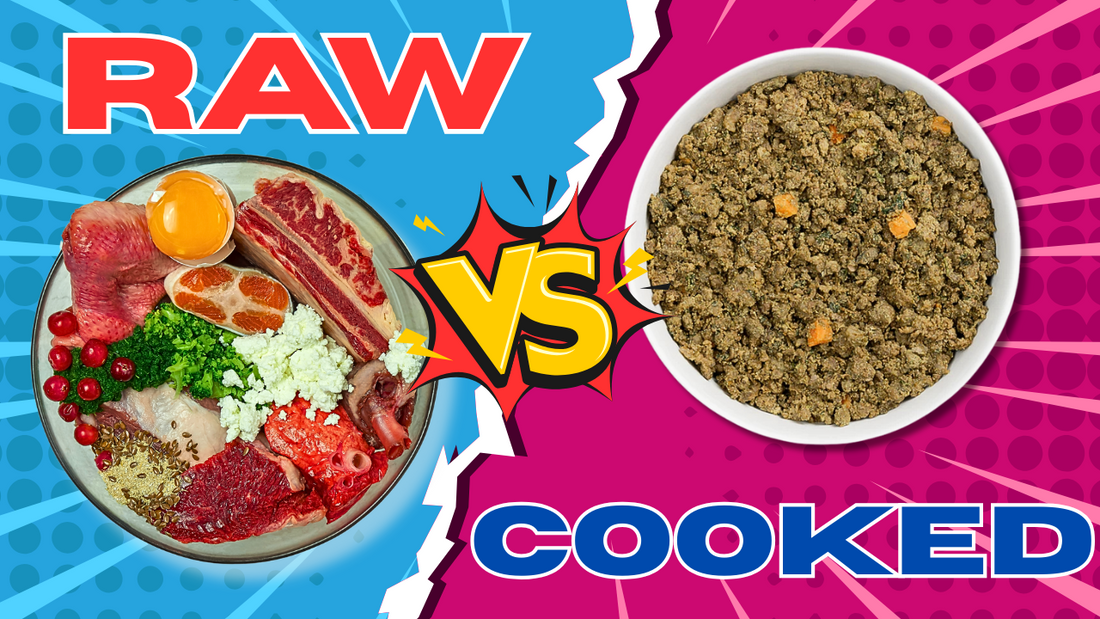
Cooked Vs Raw Dog Food, Which One Is Best?
Share
Cooked Vs Raw Dog Food, Which One Is Best?
-
Introduction to Raw vs. Cooked Dog Food [00:00]
- Discussion of claims from both raw and cooked food advocates.
- The goal is to determine what science and vets say, and what works best.
- Defining Raw and Cooked Diets [00:23]
-
Nutritional Differences [02:20]
-
Raw Food [02:20]
- More bioavailable nutrients due to lack of cooking.
- Higher live enzymes, less nutrient loss from heat.
- Risk of imbalances if not varied. [02:50]
-
Cooked Food [03:09]
- Reduction in some vitamins (B vitamins) and antioxidants.
- Improved digestibility for some nutrients. [03:17]
- Key takeaway: Formulation and balance with variety are crucial for both. [03:27]
-
Raw Food [02:20]
-
Safety and Bacterial Risks [03:51]
-
Raw Food [04:06]
- Higher risk of bacterial contamination (salmonella, listeria, E. coli).
- Emphasis on proper handling, hygiene, and responsible pet ownership. [04:22]
- Dogs' GI tracts are typically acidic and short, designed to handle raw meat. [05:05]
- Considerations for households with toddlers or those uncomfortable with raw meat. [05:13]
-
Cooked Food [05:27]
- Much safer from a human hygiene perspective.
- Bacterial risks affect humans too, especially in hot climates. [05:35]
-
Raw Food [04:06]
-
Scientific Evidence and Anecdotal Reports [05:51]
- Limited long-term studies comparing raw and cooked diets. [05:56]
- Anecdotal reports from raw feeders: shinier coats, better stools, less itchiness. [06:14]
- Fresh food (raw or cooked) is generally better due to higher meat/protein content and lack of common kibble additives (sugar, wheat, barley, corn, soy, cereals). [06:23]
- Some cooked/raw foods may contain grains, which the speaker advises against. [07:09]
- Both raw and gently cooked are superior to ultra-processed kibble. [07:22]
- Veterinarian Perspectives [07:34]
- Which Dogs Do Best on Each? [08:32]
- Availability [09:47]